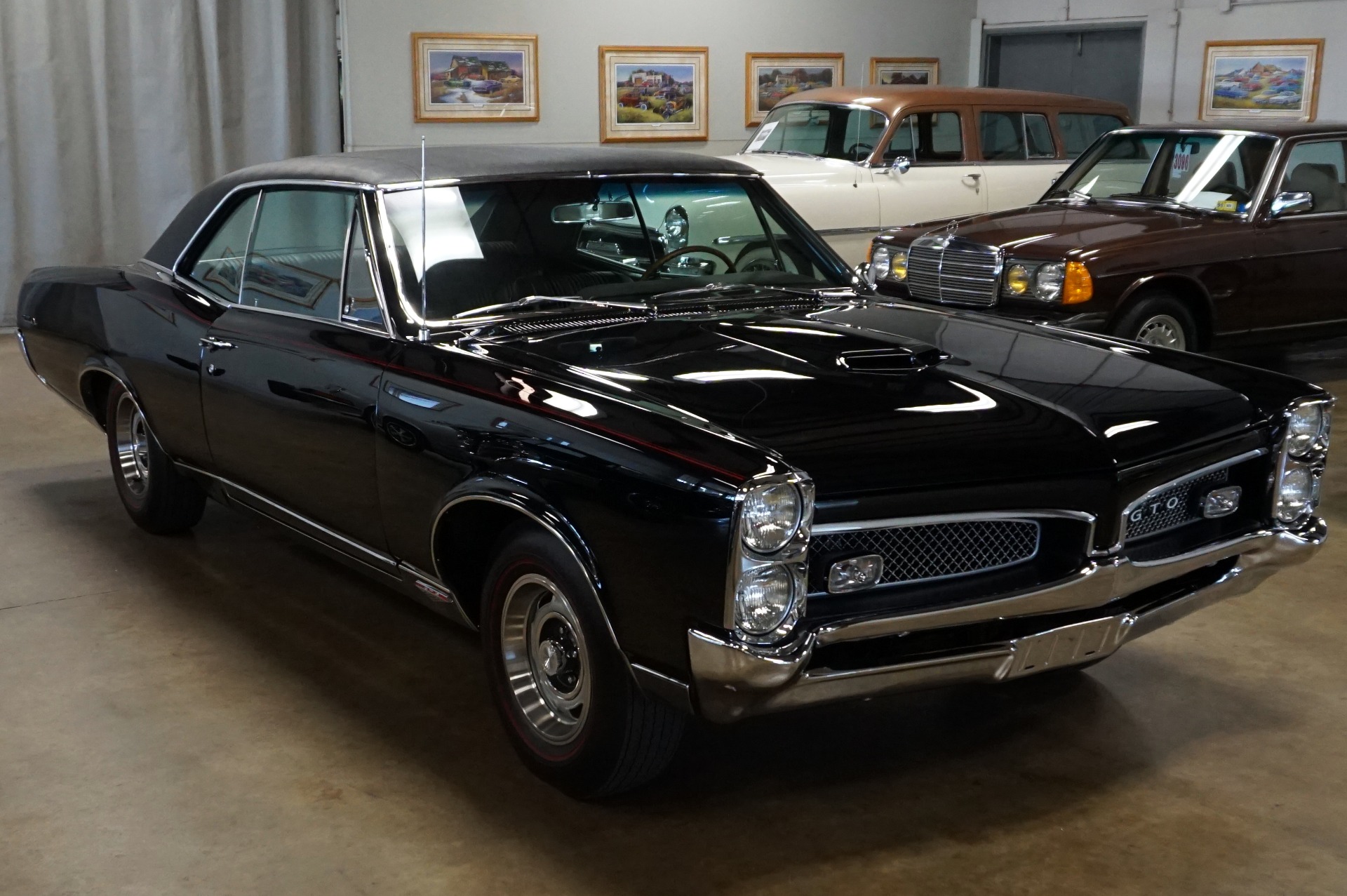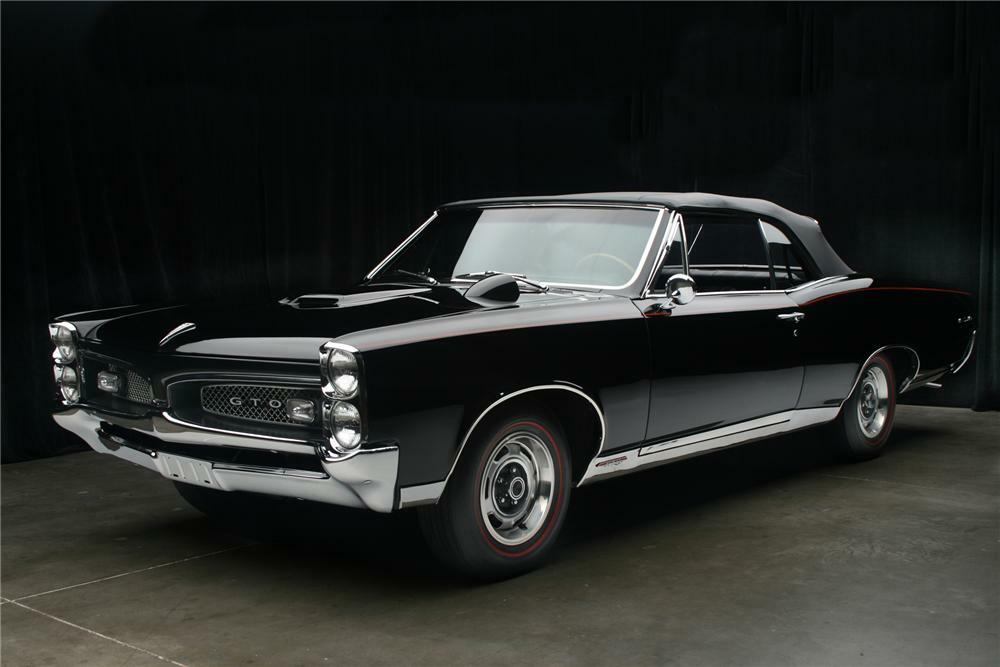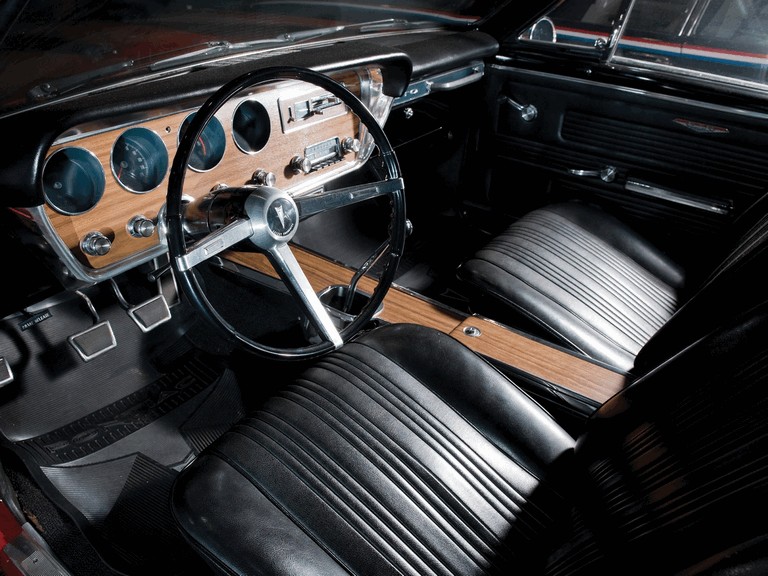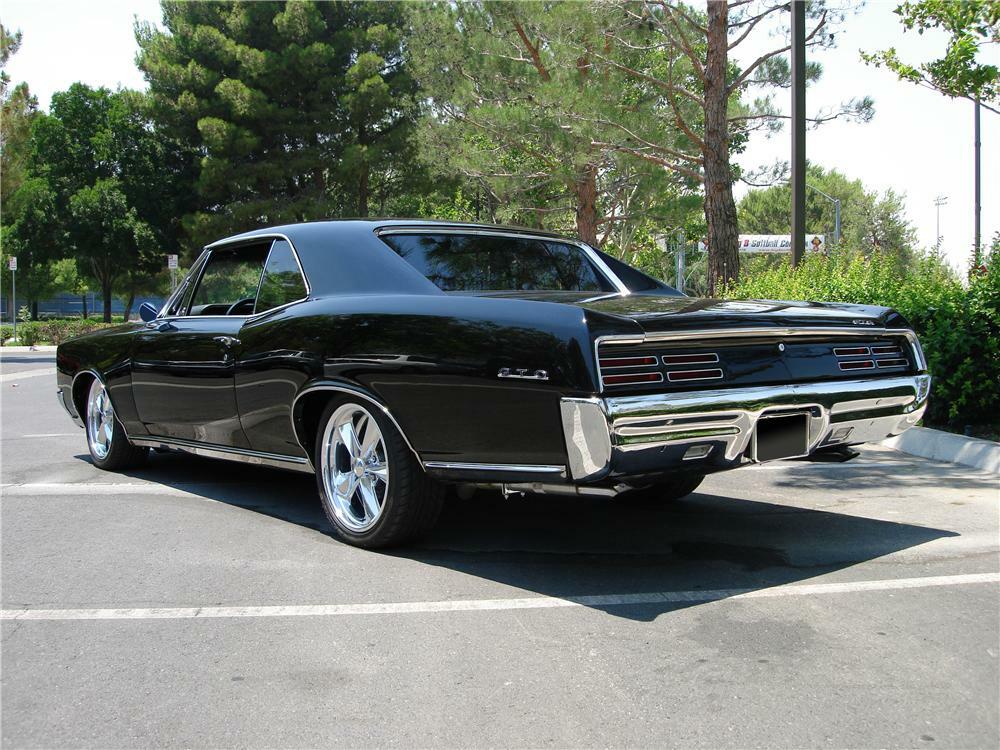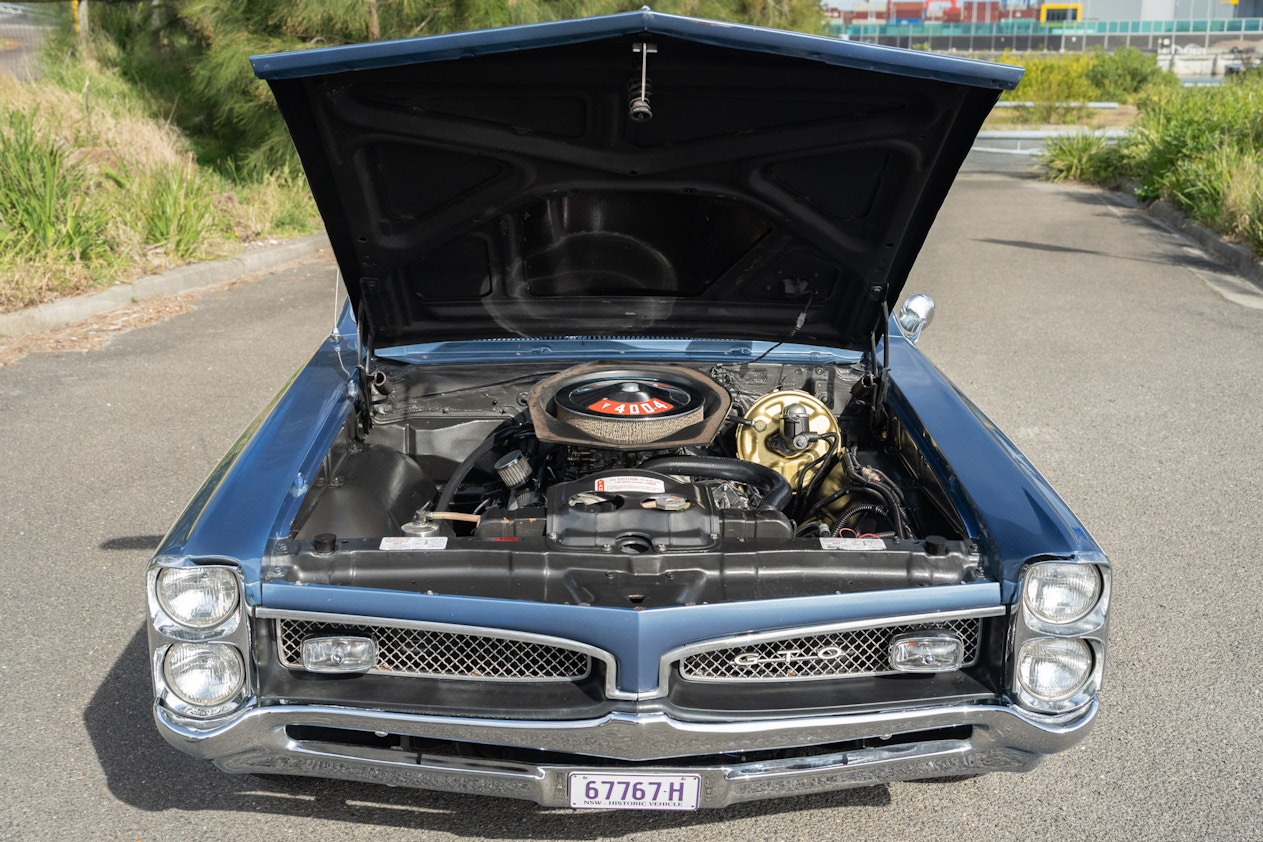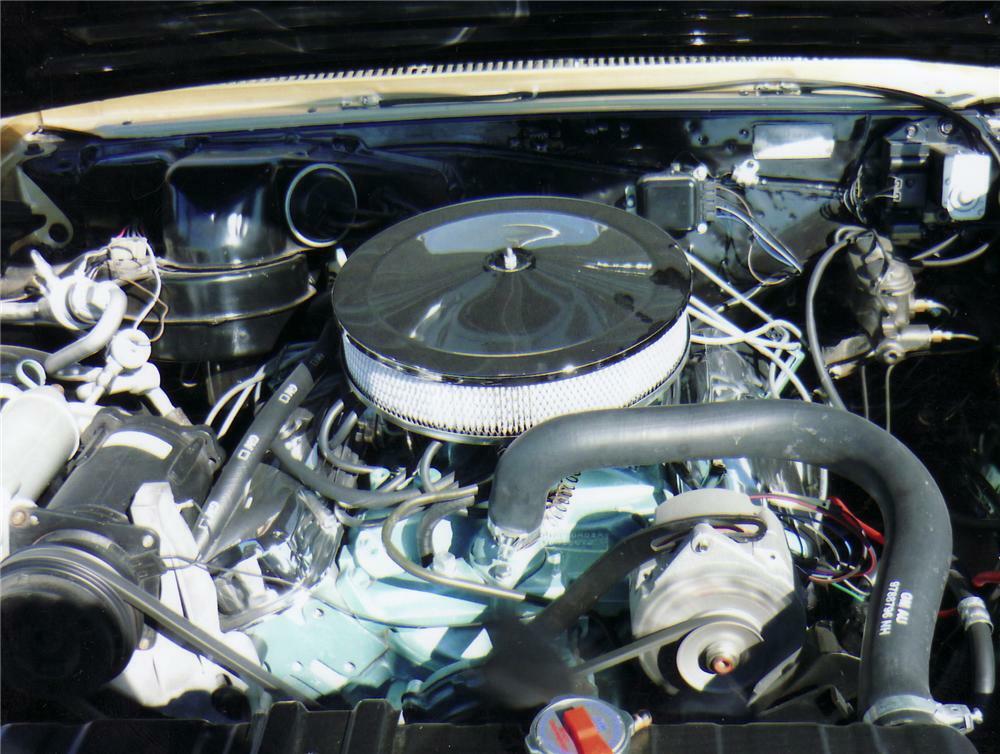Even though it wasn't on the market for that many years, the Plymouth Road Runner made such a big splash that it remains a sought-after model. A true collectible, it caters to petrolheads of all ages, though most of them weren't even born back when the Chrysler-owned brand, which was discontinued in 2001, made it.

The first generation lived from 1968 to 1970, and Plymouth gave birth to its successor the following year. Unlike the original, which came as a coupe and convertible, the second-gen was offered with a fixed-roof design solely, and so was the third generation, which entered production in 1975. The nameplate was dropped altogether in 1980, leaving a void that has yet to be filled.
We all know the automotive industry would be better with more muscle cars, so we won't even mention it. Oh, wait, we just did. And with that reference aside, it's time to present you with a 1968 Plymouth Road Runner that deserves your attention.

The top-notch form is due to a complete restoration process, during which every part was given a new lease on life. Not only that, but it has a restomod twist as well, with several upgraded components such as the brakes, which feature cross-drilled discs.

Don't think it lacks in the power department because it doesn't. At its heart lies the 440-ci V8, a 7.2-liter unit that used to be the range-topping offering back in the day. We do not know how much it puts out, but it was good for 390 horsepower back in the day.

































